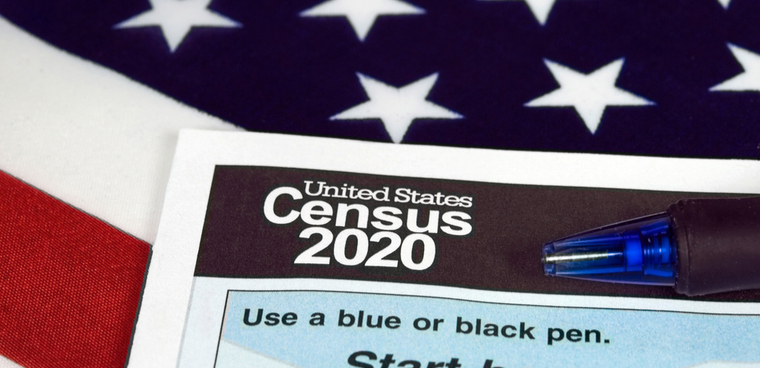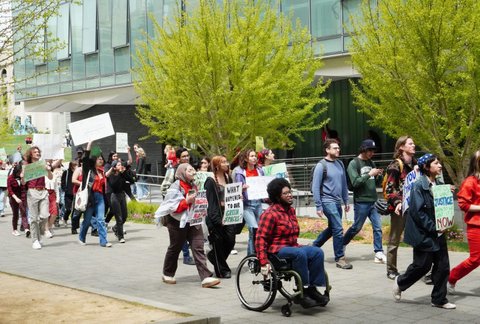
03 Sep California Census Leaders: ‘You Have 30 Days to Make a Difference’

By Pilar Marrero, Ethnic Media Services
Rushing to increase California’s census response rate before a shortened schedule ends September 30, community groups and census leaders are asking people to remember they still have time to respond, and that billions of dollars in education and health care programs depend on an accurate count.
In this last month of the count, California Complete Count Director Ditas Katague, the Census 2020 Office and community organization partners promised a robust effort to target state areas with the lowest participation, trying to get California´s response rate to at least where it was in 2010.
“Time is running out to make an impact on the funding for the next 10 years for your community. Take a few minutes to complete the census — it’s safe, secure and drives critical dollars into education and health care programs,” said Katague.
“Everyone counts in the census, regardless of background or immigration status. You have 30 days to make a difference,” she added.
California´s response rate was 67.2% at the end of August. That’s higher than the national average of 64.9% and that of the three other most populous states — Florida, New York and Texas — but it’s 1% below California’s 2010 response rate.
Katague said $10 million will be dispersed among community partners who will target 2,000 low-response census tracts in California. They, in turn, will prioritize the 935 tracts in 21 counties with the lowest response rates.
One strategy involves using phone banks to reach households, then patching them through to the Census Bureau so they can respond to the questionnaire.
The success rate doing that has been as high as 72% of the people reached, she added, many of whom were previously “undecided” about responding to the census.
Ely Flores, California Director for Civic Engagement for NALEO (National Association of Latino Elected Officials), explained that his organization has used a variety of strategies to encourage and help Latinos complete the census questionnaire.
“We’ve partnered with Spanish-language media such as Telemundo to do census promos and virtual town halls, and to promote the 877 ELCENSO bilingual hotline where we get many phone calls for information and help,” Flores said.
NALEO also has focused on young, English-dominant Latinos using digital buys, particularly social media ads, and have mailed census reminders to 25,000 households in areas that are lagging behind in responses.
Low response-high Latino population areas, including the counties of Kern, Monterey, Fresno, Imperial, Tulare and the area of Southeast Los Angeles, are NALEO’s focus.
The organization also has people in the field, doing the door-knocking that was delayed and restricted because of the COVID-19 pandemic. And it has sent toolkits to schools to reach parents directly with sample letters, social media graphics and everything needed to do outreach.
Flores said Latinos do respond positively to the reminder that their census response is tied to programs that later will benefit the community.
“There´s also an empowerment message around COVID, to remind people of how important it is to get resources to fund the health programs in our state,” he said.
Jesse Fraire, of the California Native Vote Project, said his group and its partners are working hard to increase census participation by California’s Native Americans, adding that the best way they’ve found is to work with local community organizations and tribal governments.
Tribal communities have some of the census’ lowest response rates so far, in part because COVID closed many reservations, and because many reservations have low internet connectivity and use post office boxes in rancherías rather than traditional mail delivery.
“We found that many Native Americans know that the census is important, but they are not sure why,” Fraire said. “When we explain the issue of representation, it seems that a light bulb goes off among community members.”
Approximately 30 canvassers are going around the state trying to reach Native Americans who have not responded to the census, but the group also uses email blasts, and virtual phone and text banks.
All census leaders and partners agreed that their efforts are made more difficult by the shortened schedule, which the federal government initially said would be October 31 but later changed to September 30.
“That means we have 30 days less to make communities count,” Katague said. “It really makes it urgent to focus on the next month to make sure people are counted.”






No Comments